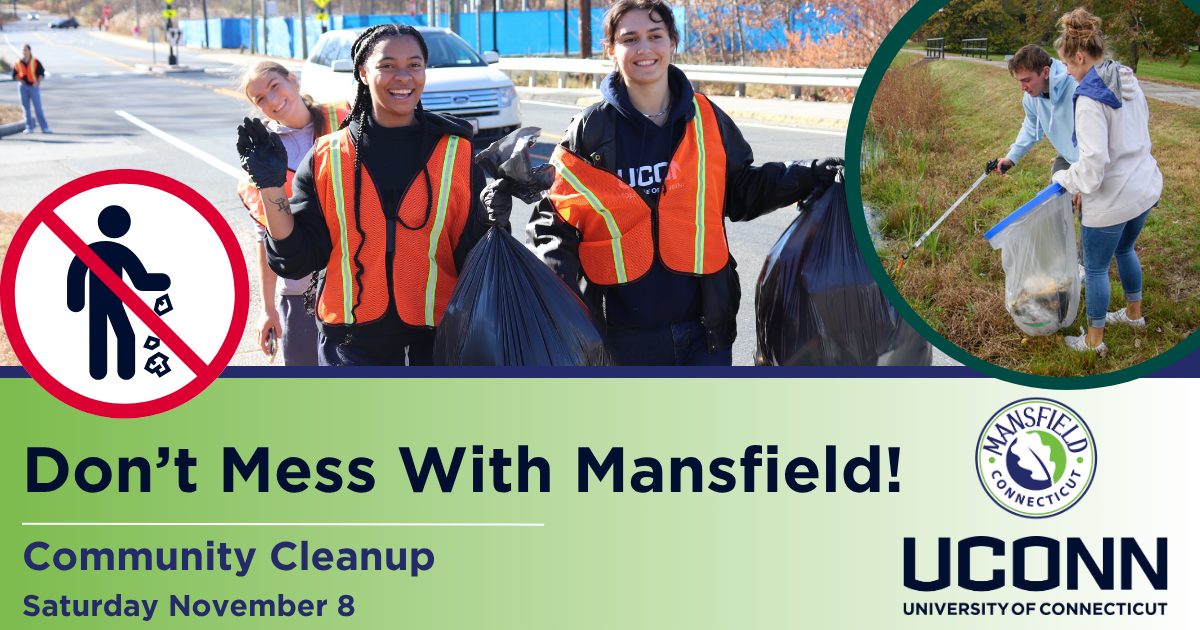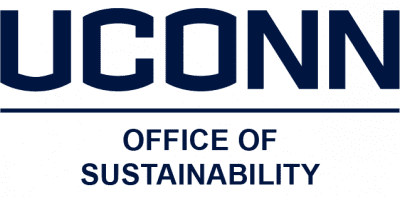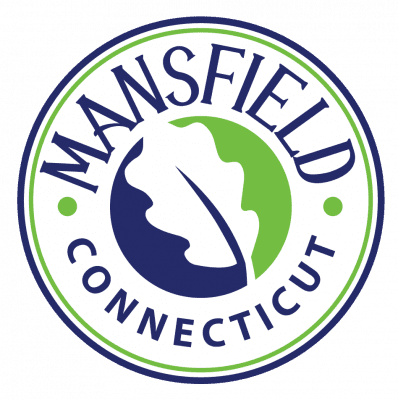 Entering the United Nations annual climate summit to a police barricade and indigenous communities selling their products outside in the intense heat and humidity was not something I anticipated. However, that was slightly naive of me, because we are at an international summit with international leaders. However, the tension between who is heard and who is just being listened to was palpable throughout the conference. Before getting to the conference, we had seen the headlines about the protests by local communities, but I did not realize the proliferation of the divide.
Entering the United Nations annual climate summit to a police barricade and indigenous communities selling their products outside in the intense heat and humidity was not something I anticipated. However, that was slightly naive of me, because we are at an international summit with international leaders. However, the tension between who is heard and who is just being listened to was palpable throughout the conference. Before getting to the conference, we had seen the headlines about the protests by local communities, but I did not realize the proliferation of the divide.
The division manifested in many ways. One being the pavilion layout. For the most parts the pavilions were dispersed randomly with no real connection between who was paired together until you got to the African countries. They, however, were all grouped together and positioned in a corner that could be easily missed or avoided. No other geographic area, or countries facing the similar issues were grouped besides them. Which was extremely disheartening to see. Beyond that, those were the conversations that described the actual work being done to help local communities.
I attended a panel at the Côte d’Ivoire on their local climate change mitigation tactics. The panel highlighted what was being done in Côte d’Ivoire, Gabon, and Cameroon. These countries face similar issues of seed preservation between seasons, drought, and deforestation. However, their local organizations do what is called a climate caravan to educate local communities on how to solve these issues but also what issues they are facing to help educate subnational and national governments. Beyond, just the power of what they were talking about and hearing the amazing work they were doing on the ground. They also translated the entire talk for us during the panel so we could understand. They were truly amazing people doing amazing work, but they were tucked into the last corner of the pavilion section where no one could see them.
Another level of division what between the accessibility of knowledge. In panels with more developed countries, they discussed higher thematic trends in an abstract and somewhat pointless, in my opinion, way. A panel hosted by researchers and academic from Germany discussed the need for building green careers and green job by investing in immigration. A majority of this panel was very abstract and big picture ideas that are nice but they provide no ways for nations to act. Building capacity is wonderful, but how accessible is it to build? What steps should be taken? Who is benefiting from the capacity building the country or a developed nation looking to have immigrants with that skill set?
 This division between who is being heard and listened to is the most evident when discussing financing the loss and damages fund. It is apparent that developed nations, international monetary bodies, and international aid organizations are not designed to help enable the country to build resiliency of any kind, financial, social, political, or environmental. The methods currently in place do not allow funds to be distributed to building political infrastructure and knowledge on these topics, they are currently only designed for specific projects. This puts these countries in a cycle of never getting the money to prevent these issues from happening or being forward thinking. This division is largely echoed throughout the larger Loss and Damage Fund COP negotiations as well. The division here was what countries have money to spend and what countries need to spend money to survive. As you can probably infer they are not seeing eye to eye. Which is just defeating because if we cannot come together for our collective earth what can we come together for?
This division between who is being heard and listened to is the most evident when discussing financing the loss and damages fund. It is apparent that developed nations, international monetary bodies, and international aid organizations are not designed to help enable the country to build resiliency of any kind, financial, social, political, or environmental. The methods currently in place do not allow funds to be distributed to building political infrastructure and knowledge on these topics, they are currently only designed for specific projects. This puts these countries in a cycle of never getting the money to prevent these issues from happening or being forward thinking. This division is largely echoed throughout the larger Loss and Damage Fund COP negotiations as well. The division here was what countries have money to spend and what countries need to spend money to survive. As you can probably infer they are not seeing eye to eye. Which is just defeating because if we cannot come together for our collective earth what can we come together for?
The last major division I noted was the separation between the international policy making the private negotiations, the informational sessions, the pavilion discussions, and the public area in the green zone. A vast majority of the attendees are disconnected from one another and do not hear the lessons the others are teaching. Sure, we are all physically in the same space but are we all really present?
Caroline Keary is a master’s student in the Social Responsibility and Impact in Business program.

 In response, one of the delegates argued that the meeting violated Article 4.8 of the Paris Agreement, which in my opinion was a complete misinterpretation. Article 4.8 emphasized equity and differentiated responsibilities, not uniform treatment under different circumstances. The entire meeting felt unproductive and at times, unprofessional, with several parties appearing to delay the conversation instead of contributing to it, which is why I am looking forward to reading the official written report of this meeting!
In response, one of the delegates argued that the meeting violated Article 4.8 of the Paris Agreement, which in my opinion was a complete misinterpretation. Article 4.8 emphasized equity and differentiated responsibilities, not uniform treatment under different circumstances. The entire meeting felt unproductive and at times, unprofessional, with several parties appearing to delay the conversation instead of contributing to it, which is why I am looking forward to reading the official written report of this meeting! T
T
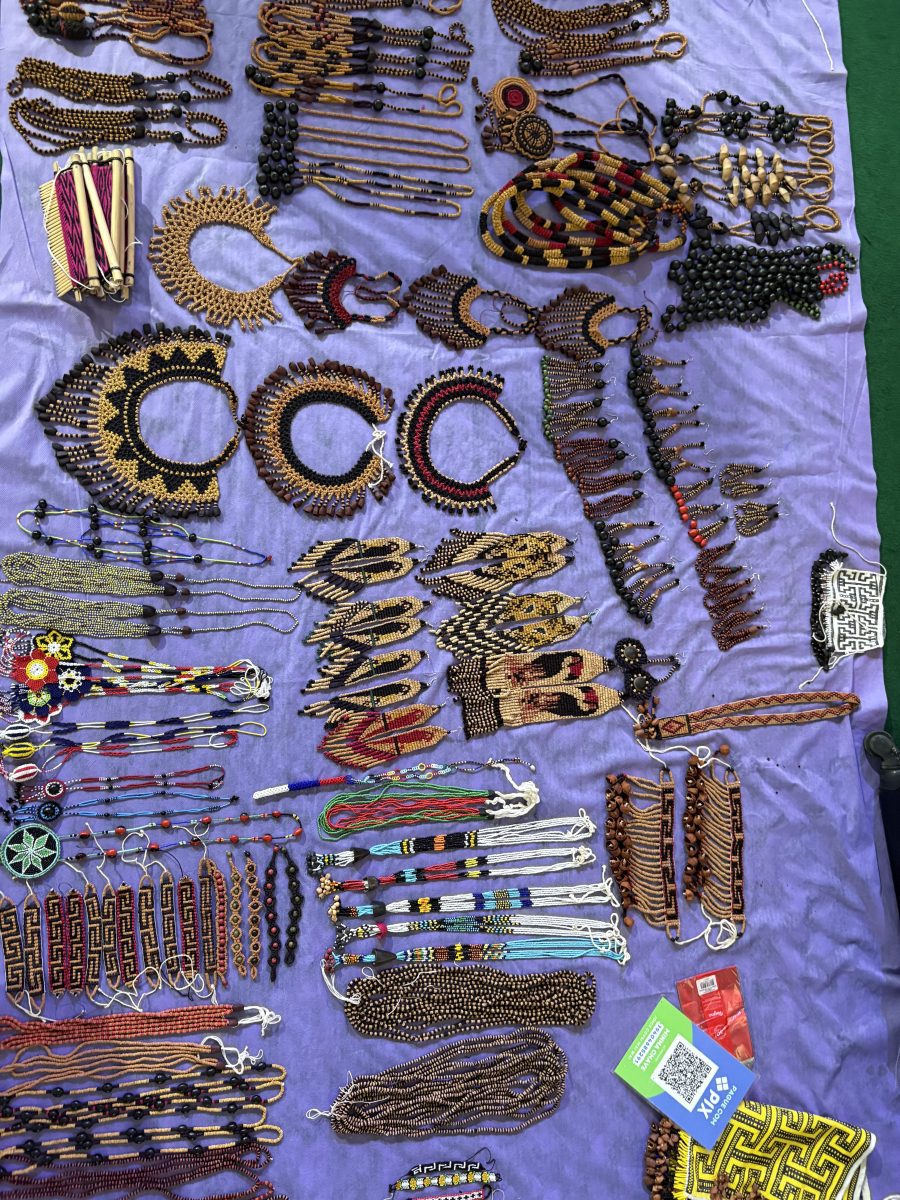
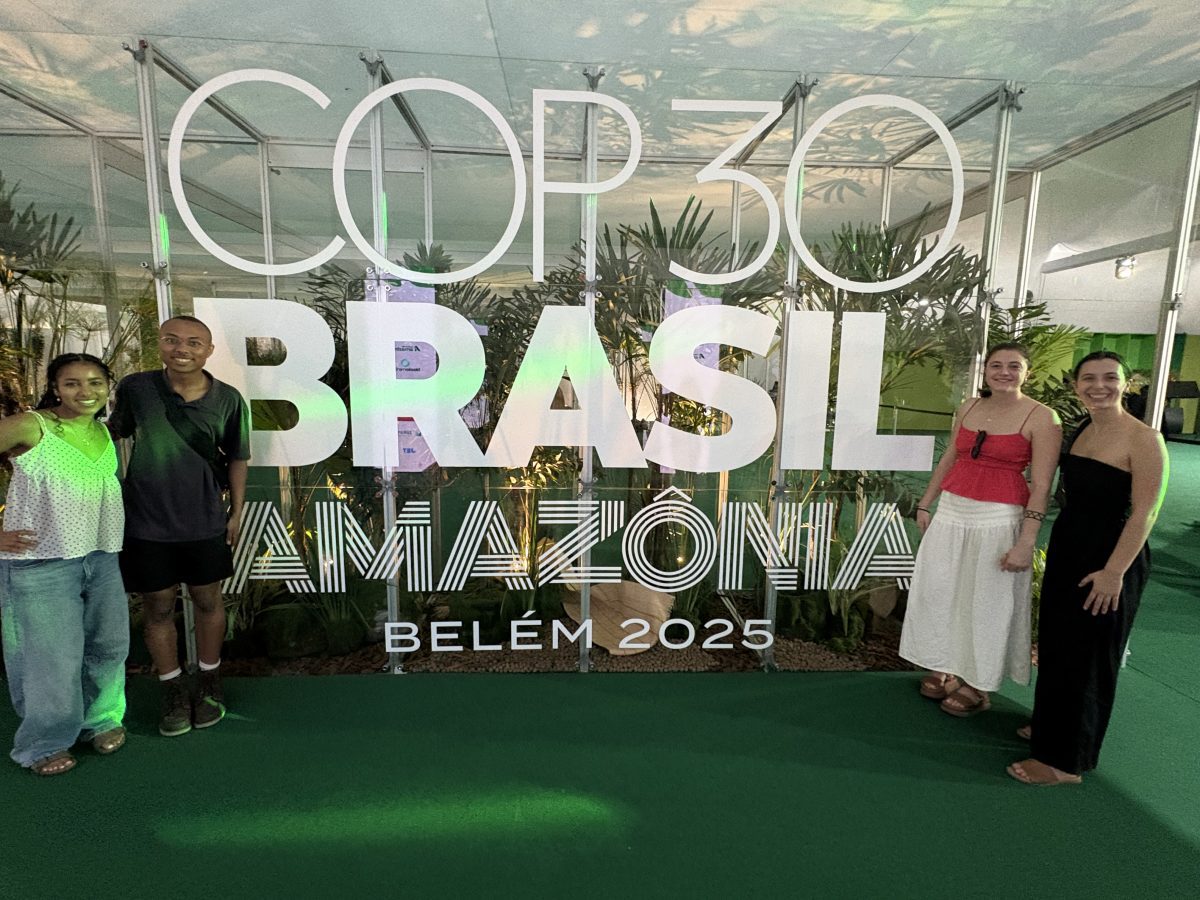 There is so much more I could go on about and so many valuable observations and pieces of information I have learned in the first 3 days I have spent at COP. I will quickly fire off some final thoughts (some inspiring and some discouraging) since landing in Belem: The culture in the Amazonia region of Brazil is deep and rich, the Indigenous Tribes in Brazil do not feel like their voices are getting proper representation in the conference, it is controversial that Brazil is advocating for Rainforest conversation while expanding oil drilling, it is crazy that international legislation is being written before my eyes, and how can any real action come from these “agreements” that are only enforceable by “peer pressure” and driven by economic benefits?
There is so much more I could go on about and so many valuable observations and pieces of information I have learned in the first 3 days I have spent at COP. I will quickly fire off some final thoughts (some inspiring and some discouraging) since landing in Belem: The culture in the Amazonia region of Brazil is deep and rich, the Indigenous Tribes in Brazil do not feel like their voices are getting proper representation in the conference, it is controversial that Brazil is advocating for Rainforest conversation while expanding oil drilling, it is crazy that international legislation is being written before my eyes, and how can any real action come from these “agreements” that are only enforceable by “peer pressure” and driven by economic benefits?

